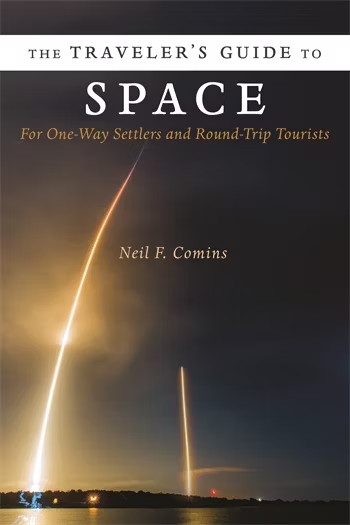
Start Your Journey
Astrophysics For Dummies is a straightforward and engaging guide to the wonders of the universe, perfect for beginners. Covering everything from stars and galaxies to black holes and dark matter, it breaks down complex concepts in an easy-to-understand way. Whether you’re curious about the cosmos or looking for a solid introduction to astrophysics, this book provides an accessible and informative overview of the key ideas shaping our understanding of the universe.
An Introduction to Modern Astrophysics by Bradley W. Carroll and Dale A. Ostlie is a comprehensive textbook that delves into the fundamental principles of astrophysics. Covering a wide range of topics from stellar structure to cosmology, it provides both theoretical insights and practical applications. Designed for students and professionals alike, the book offers detailed explanations, mathematical rigor, and up-to-date research, making it an essential resource for anyone serious about understanding the complexities of the universe.
Impact: How Rocks from Space Led to Life, Culture, and Donkey Kong by Greg Brennecka explores how meteorites shaped Earth’s history and influenced human culture. With humor and engaging storytelling, Brennecka links cosmic events to everyday life, showing how space rocks played a role in everything from the origins of life to pop culture.
Astrophysics Simplified: A Simple Guide to the Universe by Madhur Sorout is a beginner-friendly exploration of the complex field of astrophysics. With clear explanations and approachable language, the book breaks down key concepts like gravity, space-time, and the universe’s structure, making it accessible to readers of all levels. It’s a perfect starting point for anyone looking to dive into the wonders of the cosmos without getting lost in scientific jargon.
The Traveler’s Guide to Space by Neil F. Comins is a fun and informative journey through the cosmos, designed for anyone curious about what it would be like to explore space. The book covers everything from the practical challenges of space travel to the wonders of distant planets and stars, blending science with imagination. It’s a perfect guide for space enthusiasts who dream of what future space adventures might hold.
Astrophysics for Young People in a Hurry by Neil deGrasse Tyson offers a lively and engaging introduction to the universe for younger readers. With clear explanations and fun insights, Tyson breaks down complex topics like black holes, dark matter, and the Big Bang, making them easy to understand. It’s a perfect, quick read for curious minds eager to explore the wonders of astrophysics!
Lost Moon: The Perilous Voyage of Apollo 13 by Jim Lovell and Jeffrey Kluger recounts the Apollo 13 mission, where an oxygen tank explosion turned a Moon landing into a fight for survival. It highlights the astronauts’ efforts and teamwork with NASA to safely return to Earth.
Murmurs of Earth by Carl Sagan and others explains the creation of the Golden Record, sent on the Voyager spacecraft in 1977. The record contains sounds and images from Earth, intended to communicate with potential extraterrestrial life.
The Pluto Files by Neil deGrasse Tyson explores the controversy surrounding Pluto’s reclassification from a planet to a dwarf planet. Tyson humorously recounts the history of Pluto’s discovery, its cultural significance, and the debates that led to its demotion. The book provides insights into scientific classification and the public’s reaction to the change.
4o
![]()








